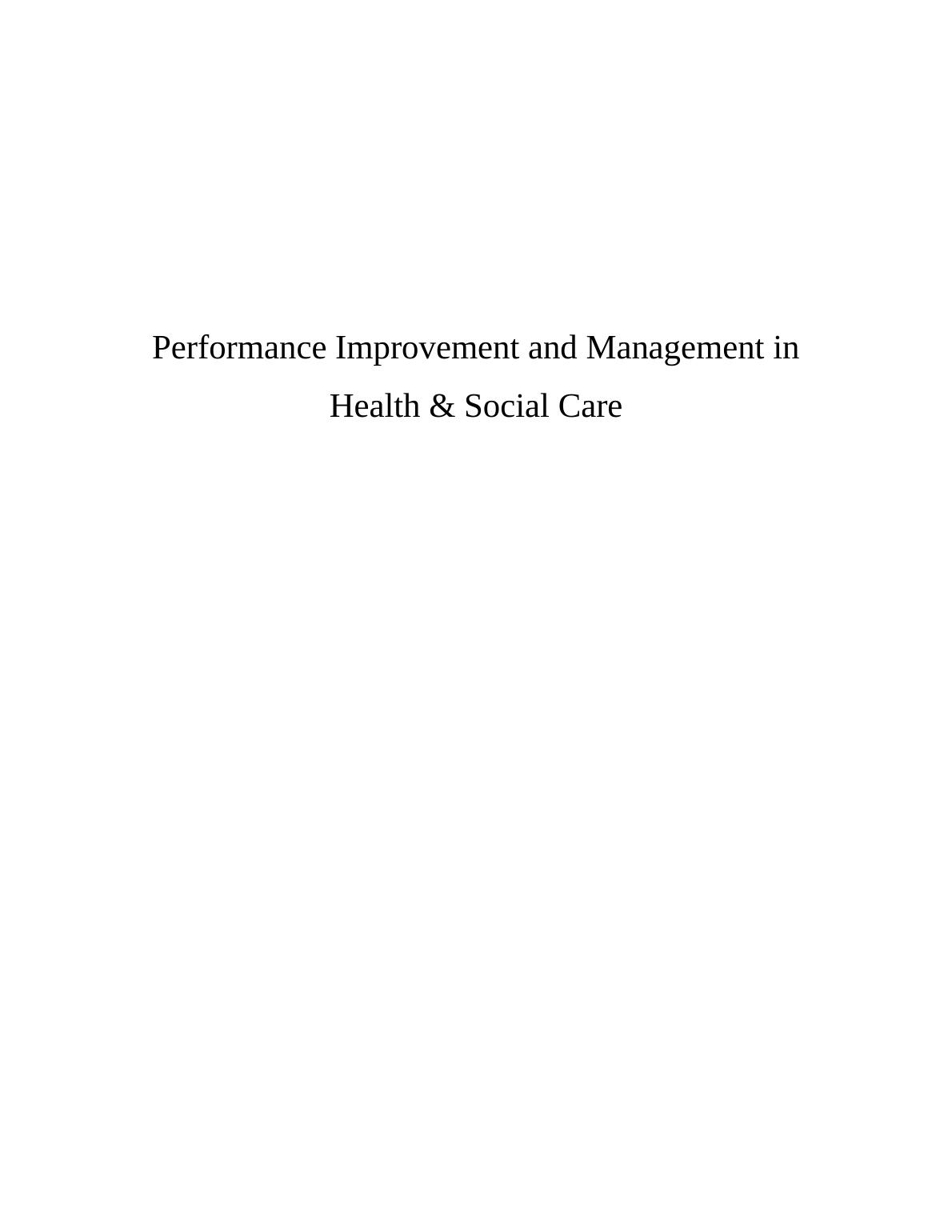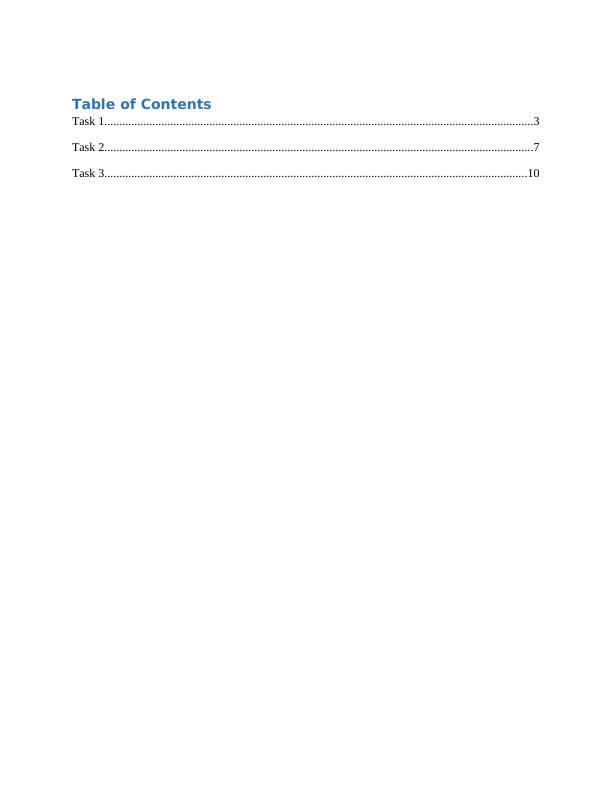Performance Improvement and Management in Health & Social Care
Analyse, evaluate and apply strategic planning models, calculate and critique financial strategic performance measures, evaluate problem-solving and investment appraisal models, critically evaluate non-financial and multidimensional models of performance management.
15 Pages3938 Words54 Views
Added on 2022-12-01
About This Document
This document discusses strategic planning models, budgeting, DuPont analyses, and non-financial measures in the context of performance improvement and management in health & social care. It explores the benefits and disadvantages of these tools and provides insights into their application in the industry.
Performance Improvement and Management in Health & Social Care
Analyse, evaluate and apply strategic planning models, calculate and critique financial strategic performance measures, evaluate problem-solving and investment appraisal models, critically evaluate non-financial and multidimensional models of performance management.
Added on 2022-12-01
ShareRelated Documents
End of preview
Want to access all the pages? Upload your documents or become a member.
Report on Cost Accounting
|4
|704
|137
Balanced Scorecard: A Strategic Planning and Management Tool
|10
|631
|462
Comparative Study of Balanced Score Card vs COBIT 5
|10
|1933
|279
Balanced Scorecard: A Strategic Management Tool for Organizational Success
|6
|1267
|110
Balance Scorecard
|11
|1452
|380
Management Accounting Tools Assignment
|10
|2622
|258




